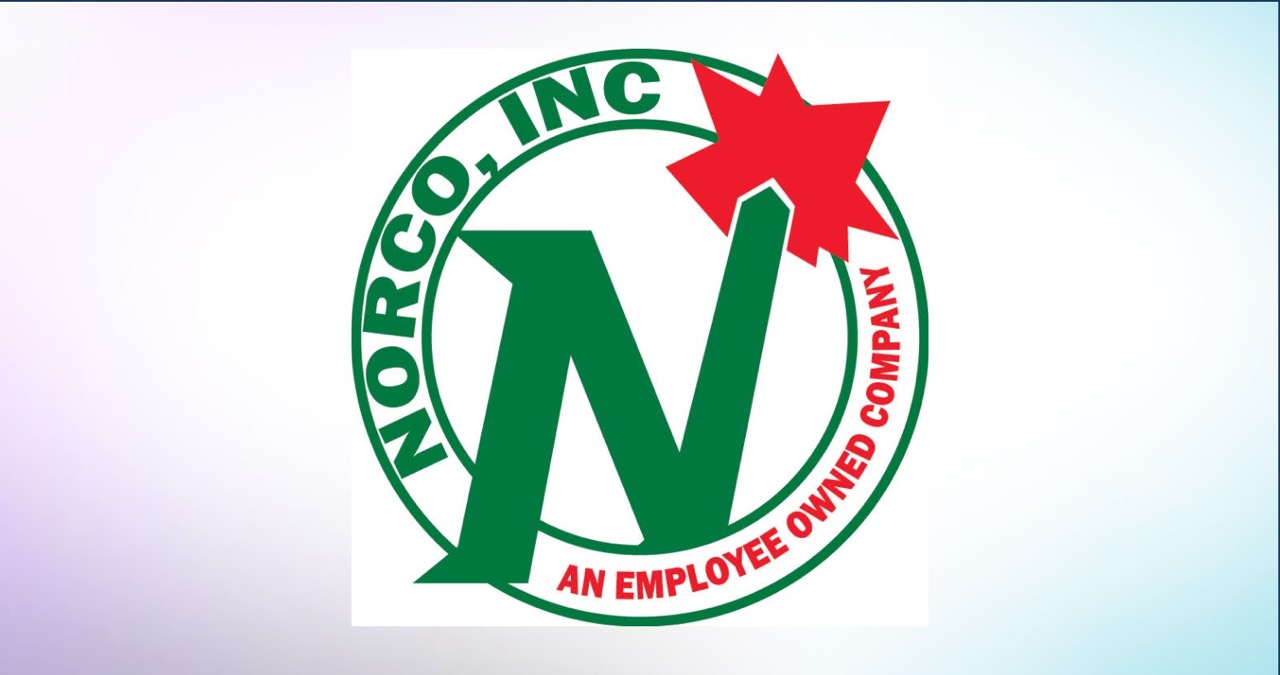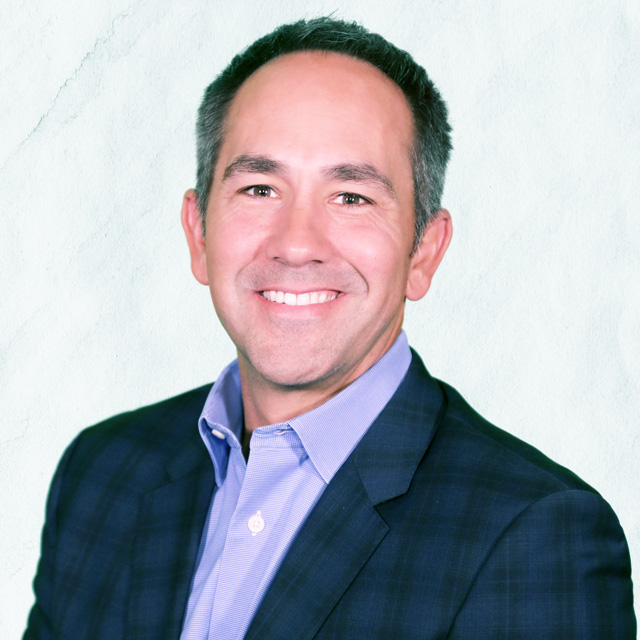[ad_1]
The federal government filed suit against a Boise-grown medical equipment company over allegations of an overvalued stock sale that enriched the company’s owners at the expense of the employees.
At the end of November, Acting Department of Labor Secretary Julie Su filed suit against Norco, Inc., then-owner James Kissler, North Dakota-based financial planning firm Alerus Financial and the company’s Employee Stock Ownership Plan. The suit accuses the company leadership and the financial firm of knowingly breaching its “fiduciary duties of loyalty, prudence and adherence to plan documents” and engaging in a prohibited stock market transaction.
At the time of its establishment in 2015 as part of the deal at the center of this lawsuit, Norco’s employee stock ownership plan made it the largest company of its kind in the world, according to the history section of the company’s website. The company had 1,200 employees in 65 locations at the time of the sale, with a presence in Idaho, Oregon, Washington, Montana, Nevada, Utah and Wyoming. Kissler remained chairman of the board, but turned over his role as CEO to his daughter Nicole Kissler in 2021.
In the complaint, DOL asks for the court to order Alerus Financial and James Kissler to restore losses to the ESOP plus interest and require Kissler to “account for, disgorge, and restore to the ESOP all proceeds and unjust profits realized” from the transaction, plus interest.
The case is still pending before the Idaho Federal District Court and Norco has not filed legal paperwork in response. Norco CEO Nicole Kissler declined to comment Thursday.
A move for employees, or was it?
The crux of the case centers around a 2015 stock market deal.
James Kissler decided to sell the stocks he owned in Norco and sell them to the company’s Employee Stock Option Plan (or ESOP) as a newly created retirement plan. In November of that year, the complaint said Norco hired Alerus Financial to act as the plan’s trustee and independent fiduciary to carry out the transaction. DOL’s complaint says the Employee Retirement Income Security Act of 1974 requires trustees to act “prudently and with undivided loyalty” to the employees’ plan, and specifically to only pay fair market value for stocks it purchases.
A month later the complaint alleges Alerus approved the sale of 35% of the company’s stock to the ESOP for $140 million, which went to Kissler and the company’s founding family members. The Department of Labor says this was done “without a good faith investigation” of the stocks’ fair market value.
“In particular, Alerus rushed its due diligence in order to close the
transaction on the Sellers’ preferred timetable, and in the process relied on a valuation report rife with manifest flaws that substantially overvalued the stock,” the complaint said. “Indeed, that report valued Norco at an amount nearly 250% greater than the value reached by a reputable valuation firm retained by Norco roughly three and a half years earlier.”
This caused the ESOP to overpay the Kissler family, which the complaint says violates federal law. The Department of Labor alleges Kissler was “closely involved” in all aspects of Norco’s operations and the transaction of the stocks, which included knowledge of Alerus’s negotiation and investigation of the fair market value of the shares was “flawed.”
“In allowing Alerus—which Kissler appointed as trustee and was
required to monitor—to enter into this transaction, and otherwise failing to monitor Alerus, Kissler violated his own fiduciary duties of prudence, loyalty, and adherence to plan documents, and knowingly participated in Alerus’s ERISA violations,” the complaint said.
Deal goes through after some negotiations
Kissler had sold a large amount of Norco stock before.
According to the complaint, in 2012 he transferred around 3,900 shares of Norco common stock to McKenzie GT Trust. At that time he hired a valuation advisor to find the fair market value of all of the company’s stocks, which at the time in February 2012 was found to be $138.4 million.
When Kissler wanted to sell his stocks to the ESOP in 2015, he hired firm Ambrose Capital Partners to lay the groundwork for the stock sale. The complaint said Ambrose described one of the goals of the ESOP sale as creating a “liquidity event” for Kissler and his family and the ability to defer capital gains taxes on the sale during a November 2015 meeting, according to the complaint. At this same meeting, the complaint said Ambrose valued a 35% equity stake in Norco at roughly $139 million, which was later increased to an estimated value of $160.7 million.
Earlier that fall, DOL says Ambrose contacted Alerus about serving as ESOP’s trustee and deciding whether or not to take the deal based on the impact it would have on employees.
Ambrose initially offered the stock to the ESOP to buy for $160.7 million, according to the complaint. This was higher than the range of $129.9 and $150.9 million range quoted to Alerus by Chartwell Financial Advisory, a valuation advisor hired to examine the deal. Alerus then directed partner organizations working on the transaction to offer $135 million as a counteroffer. Eventually, the two companies agreed to a more than $140 million sale, according to the complaint.
‘Numerous red flags’ in Chartwell report
The Department of Labor identified several “red flags” in Chartwell’s report finding the value of Norco’s stocks.
This included concerns about the “unreasonably high long-term growth rate” in the analysis.
“This rate not only exceeded Chartwell’s near-term growth
assumptions for Norco, it also exceeded other standard reasonableness checks such as anticipated GDP growth in the entire U.S. economy for 2016,” the complaint said. “The final valuation report did not explain why its long-term growth assumption for Norco exceeded its near-term growth assumption for Norco and anticipated GDP growth.”
DOL also raised concerns about the “unreasonable capital structure assumption” in the valuation report and the exclusion of the $21 million Norco planned to spend on building a new manufacturing plant in its analysis. The complaint also questioned the gap between the size and geographic area of companies used as a comparison to arrive at the value of the stock and Norco’s financials.
“Chartwell acknowledged extreme disparities in size and geographic reach between Norco and the guideline companies it used for this method; for
example, the median net sales of the guideline companies was more than thirty times higher than Norco’s,” she said. “But Chartwell failed to appropriately discount its selected guideline company multiples to account for these significant differences before using those multiples to determine Norco’s enterprise value.”
Another red flag listed in the complaint was Chartwell not accounting for the earlier stock valuation completed for Norco in 2012 for the past stock sale, which valued the entirety of the company’s equity at $138.4 million, lower than what 35% of the stock sold for in 2015.
[ad_2]
Source link


